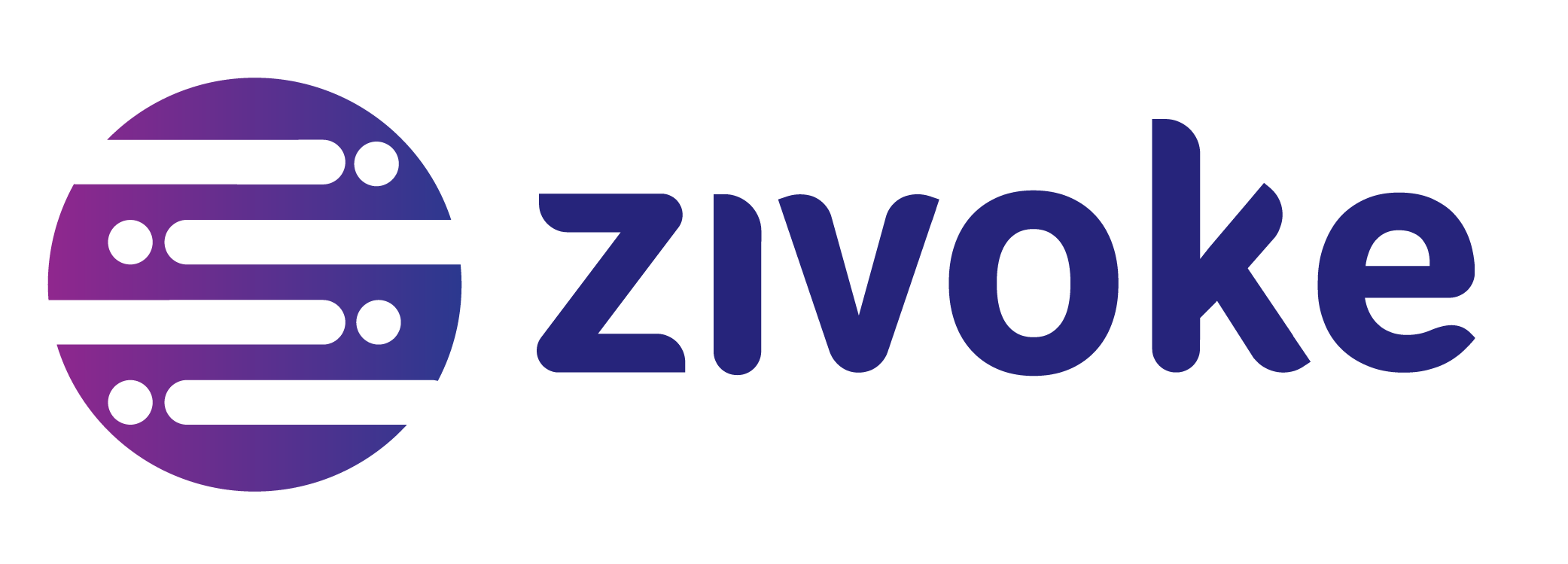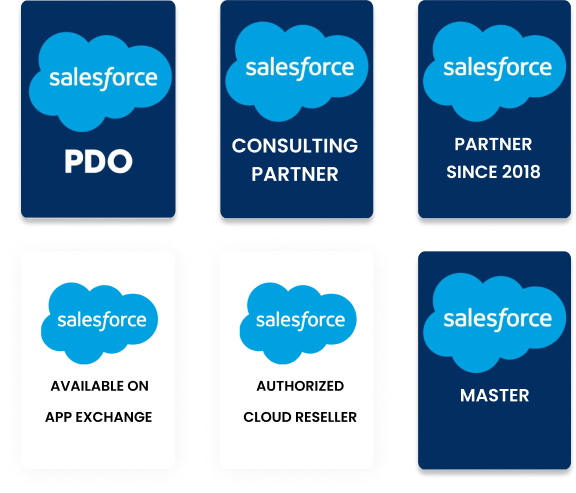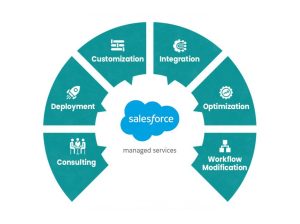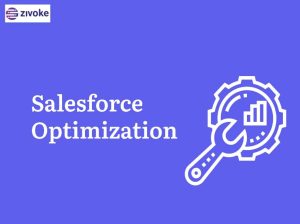We see Startups to Big Corporations trying to adopt Salesforce CPQ. As you approach a CPQ implementation, remember that it won’t be as easy as replacing a single system with a new one. It could be straight forward for a startup but as the size of the company increases, the more differentiated the processes become. A simple task can vary drastically in execution based on geography, go to market strategies, business models etc. So, make sure to identify differences in work practices across teams and rationalize them. Otherwise, you can end up limiting the efficiency benefits you are actually striving for from the CPQ implementation.
Big corporations which still use spreadsheets and older tools get a big surprise when they switch to Salesforce CPQ. It is as simple as quoting, contracting, documentation, etc. but there is a substantial amount of planning and process redefining that needs to happen to make the most out of CPQ. It could directly affect your teams that are currently used to the traditional way of quoting.
There could be resistance from them, even worse they could still follow the same steps on CPQ which they were following before the tool got in place. You probably have a Sales/Presales Support team to help Sales representatives with quoting. However, Salesforce CPQ helps the Sales representatives create quotes on the go, and there could be resistance from the representatives as they feel it’s more of a burden to them now. But they’d soon realize the benefits of using the Tool, as to and fro communication comes down, they don’t have to waste time following up rather focus on their prospects. It is the Management’s responsibility to enforce adoption of CPQ throughout the Sales Organization for both in-house representatives and partner network. Change needs to be driven to make sure the entire quoting process become streamlined.
There is no point in getting on CPQ with your current quoting process. Salesforce CPQ consultant will first understand how various teams in the organization go about quoting routines. He would then redefine Business process, for e.g. there could be more people involved in approval process which can be reduced to the right set of people, special approval for discounts might have to be streamlined to make it less time consuming, automating and defining shortcuts.
Though Salesforce CPQ provides great benefits that could drastically create more time for your Sales Organization, you might not enjoy all of it if your business processes don’t get tweaked.
Now since we spoke about the benefits and things to take care of, let’s also get a quick dive into the actual steps that go into Salesforce CPQ implementation.
Planning – The most important step; your entire Sales process and how teams go about their routine is learned and drafted. CPQ implementation specialist then derives where shortcuts could be adopted, where steps could be simplified, what could be automated and how the approval process can be simplified.
MVP – The skeleton is built with all the necessary bells and whistles, customized for your organization and partners. Proof of concept is done. This gets signed off from you to proceed.
Build – All the missing items get developed and go into the system. Goes for validation from business unit heads and sales managers.
Testing – Everyone is given a chance to test with their use cases. Bugs are documented and reported back to the CPQ Implementation Specialist.
Production – This system after a successful test run goes live.
Zivoke is an award-winning Salesforce Implementation consultant. Be it Startup or Fortune 500, we cover it all. Talk to us for a quick CPQ consultation. Get the ball rolling!






